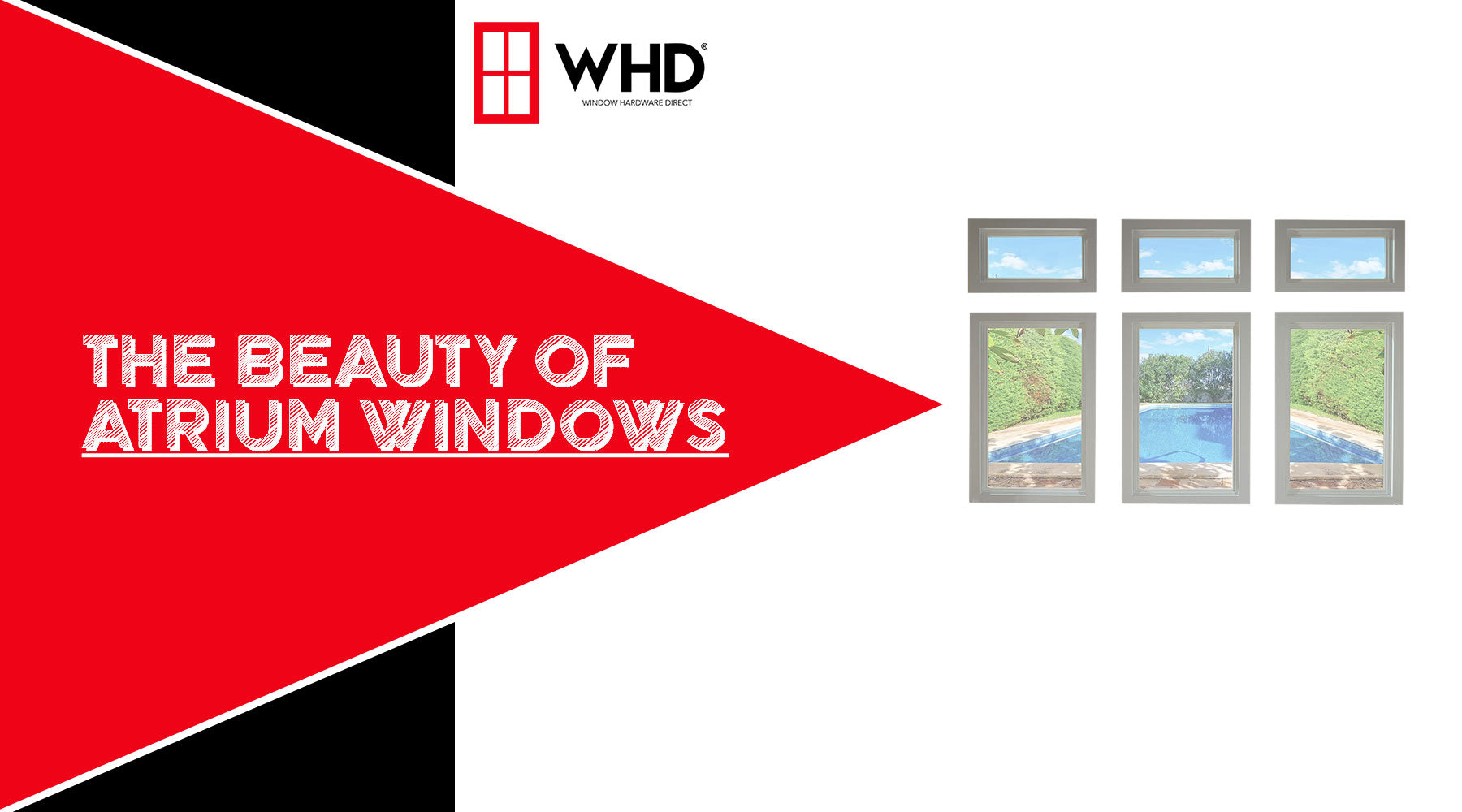
The Beauty and Functionality of Atrium Windows
Atrium windows are more than just architectural elements; they are transformative features that can redefine the ambiance and functionality of any space. These expansive windows bring a touch of luxury and a connection to nature, enhancing both residential and commercial environments. This article delves into the advantages, design possibilities, and practical considerations of integrating atrium windows into your building plans.
What Are Atrium Windows?
Atrium windows are large, often floor-to-ceiling, windows that are typically installed in atriums or large open spaces within a building. They are designed to allow maximum natural light to flood the interior, creating a bright and airy atmosphere. These windows are a hallmark of modern architecture, emphasizing transparency and fluidity between indoor and outdoor spaces.

Benefits of Atrium Windows
 Natural Light and Energy Efficiency:
Natural Light and Energy Efficiency:
One of the most significant benefits of atrium windows is their ability to let in an abundance of natural light. This not only reduces the need for artificial lighting but also can significantly lower energy bills. The use of natural light can create a warm and inviting environment, promoting well-being and productivity.
 Enhanced Aesthetics:
Enhanced Aesthetics:
Atrium windows contribute to the aesthetic appeal of a building. They offer unobstructed views of the outdoors, which can be particularly stunning if the building is situated in a scenic location. The architectural elegance of atrium windows can also serve as a focal point in interior design, adding a modern and sophisticated touch.
 Connection with Nature:
Connection with Nature:
These windows provide a seamless connection between the indoor and outdoor environments. This connection can enhance the occupants' experience by offering visual access to gardens, courtyards, or landscapes. In urban settings, atrium windows can open up to rooftop gardens or patios, bringing a slice of nature into the cityscape.
 Versatility in Design:
Versatility in Design:
Atrium windows are highly versatile and can be incorporated into various architectural styles. Whether it’s a sleek, minimalist design or a more ornate, traditional structure, these windows can be customized to fit the aesthetic needs of the building.
Design Considerations
When planning to install atrium windows, several design considerations must be taken into account to maximize their benefits:
Orientation:
The orientation of the building and the placement of the atrium windows are crucial. South-facing windows will capture the most sunlight throughout the day, which is ideal for energy efficiency and natural lighting. However, in hot climates, this could also mean increased heat gain, necessitating the use of shading solutions or low-emissivity (low-e) glass.

Glazing Options:
The choice of glazing is essential for managing heat and light. Double or triple glazing with argon gas filling and low-e coatings can improve thermal performance and reduce heat loss. Tinted or reflective glass can help control glare and heat gain.

Structural Support:
Atrium windows require robust hardware and structural support due to their size and the weight of the glass. Consulting with an architect or structural engineer is necessary to ensure the integrity of the building is maintained.

Ventilation:
Incorporating operable sections within atrium windows can enhance ventilation, allowing fresh air to circulate and reducing the need for air conditioning. Automated systems can be integrated to open and close windows based on temperature and air quality sensors.

Practical Applications
Atrium windows are ideal for a variety of settings, each benefiting uniquely from their installation:
-
Residential Homes:
In homes, atrium windows can create a sense of openness and space. They are perfect for living rooms, dining areas, and kitchens where natural light is most appreciated. Additionally, they can be used to create striking indoor gardens or green walls.
-
Commercial Buildings:
In commercial spaces, atrium windows can make lobbies, atriums, and conference rooms more inviting. They are also beneficial in office spaces where natural light can boost employee morale and productivity.
-
Public Spaces:
Museums, libraries, and galleries can use atrium windows to highlight exhibits with natural light, creating an engaging environment for visitors. They can also serve as a design statement, enhancing the cultural significance of the building.
Conclusion
Atrium windows are a powerful architectural feature that offers a multitude of benefits, from aesthetic enhancements to energy efficiency. By carefully considering their placement, glazing options, and structural requirements, these windows can transform any space into a bright, welcoming, and connected environment.
Whether in residential, commercial, or public buildings, atrium windows continue to be a hallmark of innovative and thoughtful design. For more information about atrium windows or help selecting the correct hardware, Contact Us Today! Window Hardware Direct has a great team of window experts who will be happy to assist you.
